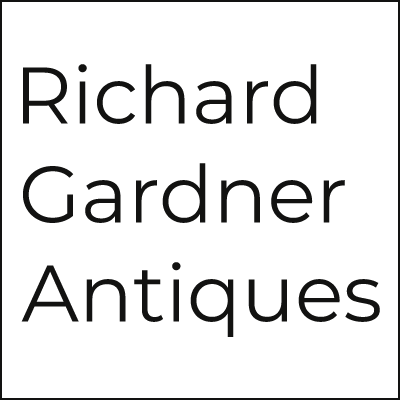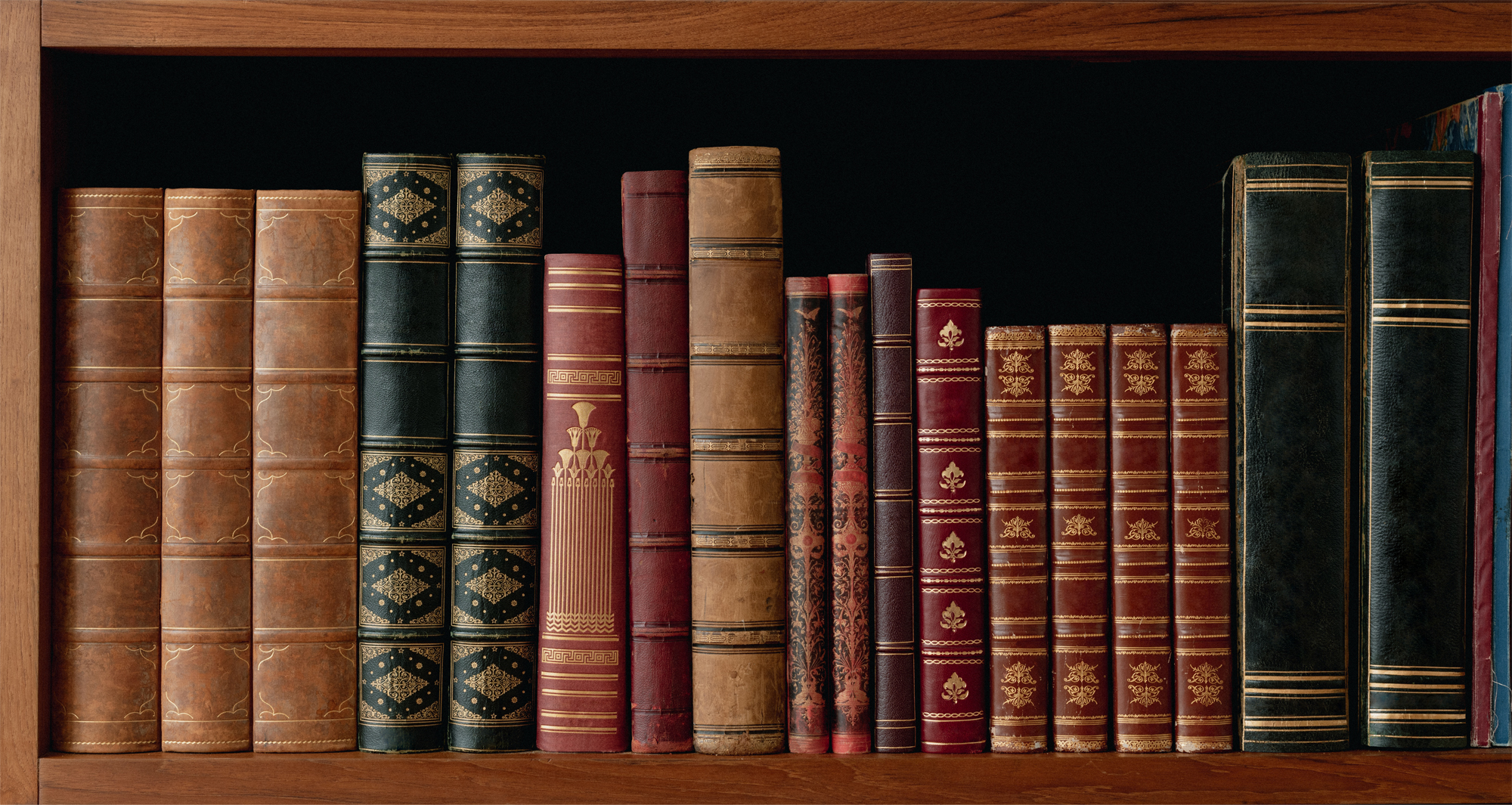O
oak Timber that is heavy, pale and hard. It darkens to a darker rich brown as it ages and is polished. It was used as the main furniture making wood during the medieval period and up until circa 1660. This period can sometimes be referred to as the ‘Age of oak.’ Tending to be heavy, solid and fairly simple in design. From the 1660’s the timber was mainly used for provincial furniture and for carcass work and drawer linings.
obelisk A four-sided, tall shaft, normally tapering and monolithic and rises to a pyramidal point.
obi A wide waistband or sash used to hold a kimono in place and is part of a Japanese national dress.
objects of vertu An English phrase translated roughly as ‘precious objects’ for small luxury items in silver, gold or porcelain and usually decorated with precious stones, enamel and lacquer. Snuffboxes, and seals are examples of popular objects of vertu in the 17th – 19th Century.
Obsidian A natural produced glass by volcanic action. Normally black and can be cut and polished and used as a gemstone.
obverse The side of a coin or medal upon which the principal minting authority is recorded, usually (but not invariably) the ‘head’ side. The opposite side of the coin, the ‘tail’, is known as the reverse.
occasional table Small, portable table which can be moved about easily to suit the occasion.
octant Navigational instrument which measures the angle of the sun above the horizon. It was invented by John Hadley in 1731, but was superseded by the more accurate sextant in the late 18thC.
ogee Double curve shape used to describe an onion-shaped arch of ‘S’-shaped moulding and reproduced in many decorative forms.
ogee clock See shelf clock.
oil gilding See gilding.
oil painting A picture painted with coloured pigments ground in an oil such as linseed and applied onto a prepared surface such as canvas or wood. The finished painting is usually coated with varnish which tends to disco lour with age.
ojime A slip bead securing the cord on a Japanese netsuke. See inro.
okimono Japanese sculptured figures usually made of ivory but also of bone or wood. They were made as ornaments for the home during the Meiji (1816-1912) andTaisho (1912-26) periods, and exported to Europe and the USA.
Old French Early Victorian revival of Louis XV Rococo style.
olive Yellow-green, fine-grained timber with a wavy, mottled grain. It was introduced to Britain from Spain and Italy in the second half of the 17thC and used mainly for its decorative quality, particularly in ornamental veneers.
ombrierte Blumen See deutsche blumen.
Omega workshops London workshops founded in 1913 by Roger Fry (1866-1934) to encourage young artists and improve standards of decorative design – aiming to relate modern art to daily life and bring out the creative pleasure of the artist. Designs were simple and decorated in bright colours, the most successful products being textiles and pottery. Simple panelled furniture, often flimsy, was bought ready-made from manufacturers and painted in the distinctive style. Fry belonged to the Bloomsbury Group of writers and artists, members of which, including painters Duncan Grant (1885-1978) and Vanessa Bell (1879-1961), were also involved in the project. Although the workshops closed in 1919, they heralded a new approach to British 20thC design.
omnium See whatnot.
on-glaze See overglaze.
onion pattern Porcelain decoration first used on 18thC meissen tableware and popular at many other potteries. It was derived from a Chinese design that included stylised peaches, leaves and flowers, which were mistaken for onions. See decorative motifs.
Onslow pattern Scroll pattern used mostly on the handles of mid- 18thC serving spoons and ladles. It was named after Sir Arthur Onslow (1691 -1768), six times Speaker of the House of Commons. See cutlery.
opal glass Translucent white glass developed in 17thC Venice and later made throughout Europe. It was particularly popular in Britain during the 19thC for cheap ornamental wares. translucency was achieved by adding bone ash to the molten glass. When held up to the light, the glass shows slight reddish tones.
opalescent glass A specific type of iridescent glass developed by the British glass-maker Frederick carder for the steuben glassworks in the USA. Its appearance, similar to that of a natural opal, was created by cooling the glass object with compressed air and then reheating it. The glass was produced in pink, blue, yellow and green. 2 American art glass which has a raised design in opalescent white glass against a coloured background. The technique was developed in the late 19thC, and produced in Britain on art glass and pressed glass.
open-faced watch Pocket watch with a glazed dial exposed to view and backed by a single metal case, dating from c. 1830 into the 20thC.
openwork General term for the decorative technique of cutting variously shaped holes through the body of a piece of silver, furniture or ceramics to form a pattern. See pierced decoration, lace work and reticulated
order of architecture See column.
organzine See silk.
ormolu Mercury-gilded bronze used for figures and decorative mounts on clocks and furniture. The word is from the French or moulu, ‘ground gold’. Highly toxic fumes emanating from the mercury made this process dangerous and it was superseded by electroplating in the mid- 19thC.
Orrefors Swedish glass factory founded 1898. In the 1920s, the factory was known for its innovative engraved glassware, including Graal glass, a form of cameo glass. In the 1930s, designer Sven Palmqvist developed ravenna and kraka – heavy glass with inlaid colours.
orrery Small clockwork or hand-cranked model of the planetary system – a popular astronomical demonstrational apparatus or educational demonstrator during the 18th and 19th centuries. An orrery might complement an astrolabe or a pair of celestial and terrestrial globes in a library or schoolroom.
osier pattern Raised basketwork ceramics pattern in sections between radial ribs, first used as an edging on 18thC meissen porcelain.
ottoman A low upholstered seat without arms and with or without a back (also known as a Turkey sofa), which was designed to seat several people. The idea was introduced to Britain from Turkey (the Ottoman Empire until 1922) in the late 18thC. The ottoman footstool, introduced in the early 19thC, was used as a fireside seat. A box ottoman has a hinged seat which lifts to reveal storage space below. See borne, divan.
Ottoman carpets Oriental carpets woven in workshops anywhere in the Ottoman Empire from the mid- 16th to the late 17th century, as opposed to indigenous Turkish weavings of the same period.
outside decorator Ceramics decorator who worked independently of a factory on bought-in blanks. In Germany the decorators were known as a Hausmaler and were responsible for some of the best decoration in the first half of the 18thC. Dutch enamellers decorated meissen, Chinese and Japanese porcelain and Staffordshire cream ware, and there were several independent studios in Britain from c. 1750 to the early 1800s.
over and under Two-barrelled gun with one barrel above the other.
overglaze A term used in ceramics for the method or order of painted or transfer-printed decoration applied on the glaze rather than beneath it (underglaze). Overglaze enamel colours are mixed with a flux such as potash or lime which enables them to fuse onto the glaze when the article is fired again – at a lower temperature firing than for underglaze high-temperature colours.
overlay glass See cased glass.
overstuf fing Upholstery in which the padding is carried over the chair-frame edges. Overstuffing was commonly used on early 18thC chairs.
ovolo See mouldings.
oxidised silver Silver in which the surface is heated to give it a dark coating of silver sulphide. This enhances the shadows on decorated areas. See also patina.
oystering A decorative form of veneering using slices of wood cut in vertical cross-section from the branches of small trees, such as laburnum and walnut, to create a pattern of repetitive whorls on furniture. The technique originated in Holland. It was popular in Britain for drawer fronts, and for cabinet and bureau doors from the late 17th to early 18thcenturies.


